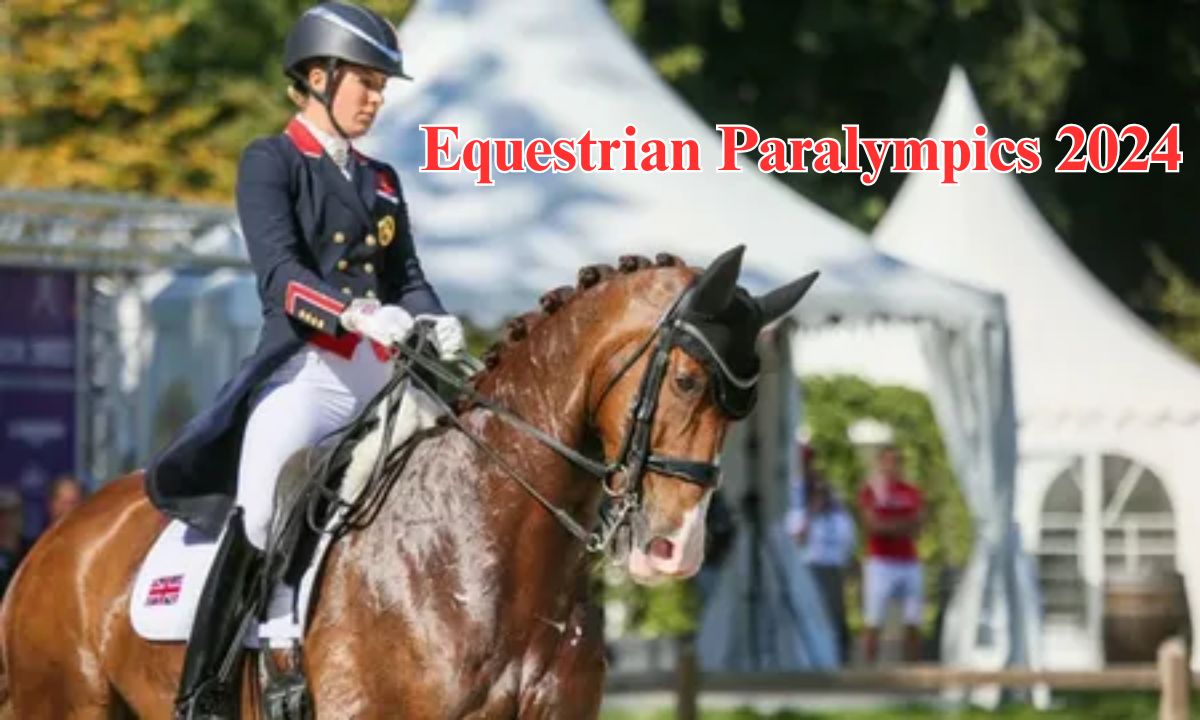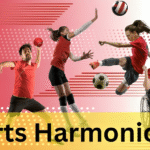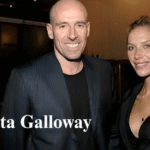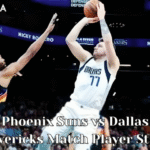August 2024 will witness something extraordinary. Horses and riders will create magic together. The backdrop will be nothing short of magnificent. Versailles will host the Paralympic equestrian events. Dreams will take shape in this historic setting.
Athletes will showcase years of dedication and training. Each movement will tell a story of perseverance. The world will watch in awe and admiration. Lives will be changed through these performances. History will be made at the Château de Versailles.
The Paralympic Games represent human potential at its finest. They showcase determination in its purest form. Paris 2024 brings these incredible athletes to center stage. Among the many disciplines, equestrian events stand apart.
What Are the Equestrian Paralympics?
The Paralympic equestrian events showcase extraordinary talent. They feature riders with various physical impairments. These athletes compete at the highest level possible. Their skill and precision match any Olympic event.
The focus remains purely on athletic achievement. Para-dressage freestyle routines demonstrate incredible artistry. Riders and horses move as one unified being. The bond between them transcends ordinary understanding.
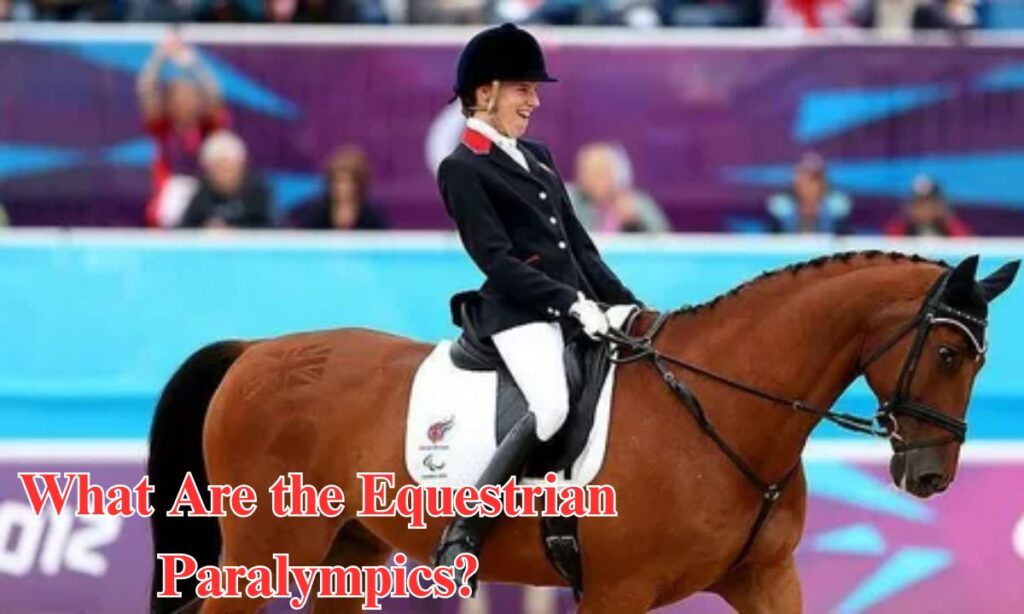
Paralympic equestrian competition has evolved significantly. It debuted officially at the 1996 Atlanta Games. Before that, riders with disabilities had limited opportunities. Today, it represents one of the most inclusive Paralympic sports.
The events focus primarily on dressage disciplines. Riders perform predetermined movements with their horses. Judges score based on precision, rhythm, and harmony.
READ THIS BLOG : The Benefits of Working with Cash Home Buyers for Distressed Properties
Venue Spotlight: Château de Versailles
The Château de Versailles stands as a monument to human achievement. Its gardens span nearly 2,000 acres of sculpted beauty. Marble fountains catch sunlight as they have for centuries. This historic palace once housed kings and queens of France.
In 2024, it welcomes a different kind of royalty. Para-equestrian athletes will compete amid this splendor. The contrast between old and new creates powerful imagery. History meets contemporary achievement in perfect harmony.
The Versailles Paralympic venue has undergone thoughtful modifications. Accessibility has been prioritized without compromising history. Ramps blend seamlessly with classical architecture. Viewing areas accommodate all spectators comfortably.
The grand stables have been restored to their former glory. These spaces connect to the palace’s equestrian heritage. Louis XIV himself was an avid horseman and patron. The venue choice honors both past and present traditions.
Competition Structure & Events
The Paralympic dressage competition follows clear structural lines. Individual tests showcase technical precision and accuracy. Team tests combine individual scores for national rankings.
Freestyle performances add musical elements to technical movements. Each test type reveals different aspects of horsemanship. Together they provide a comprehensive evaluation of skill.
Grade I riders perform walk-only tests showing remarkable control. Their subtle communication with horses requires incredible focus. Grade II introduces some trotting elements to the program. Grade III increases the technical difficulty significantly.
Grade IV and V incorporate more complex movements and transitions. Each grade performs tests designed specifically for their abilities. The scoring system recognizes excellence within appropriate parameters. Judges evaluate against standards relevant to each classification.
Key Dates & Schedule
Mark your calendars for September 3-7, 2024. These dates will showcase extraordinary athletic achievement. The Para-dressage freestyle events conclude the competition schedule.
Team medals will be decided by September 5. Individual medals follow on subsequent days. Each day builds toward emotional crescendos of performance.
Opening ceremonies take place on September 3rd. They will feature a celebration of equestrian heritage. The competition begins immediately following these ceremonies.
Grade I and II individual tests start the Paralympic journey. Teams begin their quest for medals on the very first day. The intensity builds immediately and never diminishes.
Athletes to Watch in Equestrian Paralympics 2024
Sophie Christiansen returns seeking her fourth consecutive gold. The British rider exemplifies technical perfection in Grade I. Her partnership with her horse “Dream Maker” shows incredible synergy.
Watch for her musical freestyle performance to classical compositions. Her attention to detail sets new standards in para-dressage.
Lee Pearson brings unprecedented experience to these Games. With 14 Paralympic medals already, he’s a living legend. His charismatic performances captivate audiences worldwide.
The Grade II competitor continues to innovate technically. His horse “Dynamite” responds to the subtlest commands imaginable. Their partnership represents decades of dedicated training.
Team Events and National Hopes
Great Britain enters as the defending Paralympic champion. Their program development remains the global standard. Team coordination receives priority in their training approach. The depth of British talent spans all classification grades.
Coach Michel Assouline has created a system that consistently delivers. Their riders benefit from exceptional support structures. The results speak for themselves across Paralympic cycles.
Germany presents the strongest challenge to British dominance. Their systematic approach to Paralympic team competition shows results. Each team member performs with exceptional technical precision.
The German program emphasizes consistency above all qualities. Their horses receive world-class training from early ages. The entire system functions like precision engineering. Medal expectations remain extremely high internally.
Technology and Accessibility in Para Equestrian Sport
Adaptive riding equipment has transformed competitive possibilities. Custom saddles provide stability where needed most. Modified reins accommodate various grip challenges effectively. Magnetic stirrups ensure safety during intense movements. Voice-activated communication systems assist certain riders.
These technologies enable rather than advantage competitors. The playing field becomes more level through thoughtful design. Innovation continues to expand competitive opportunities daily.
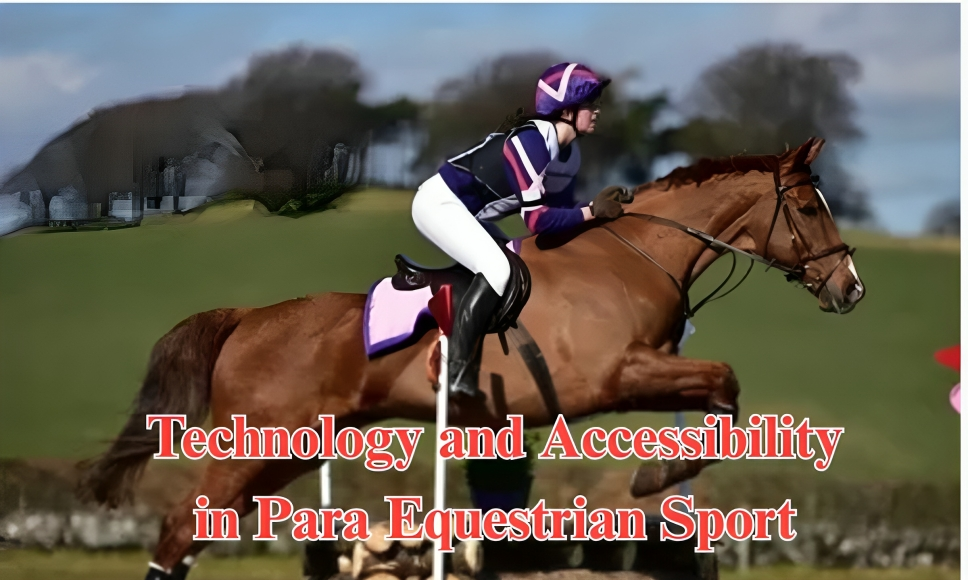
Saddle technology has advanced dramatically in recent cycles. Computer modeling creates perfect weight distribution patterns. Pressure mapping ensures horse comfort during performances. Custom molding accommodates specific physical needs.
Materials provide stability without restricting movement freedom. These advancements benefit both horse and rider equally. The result enhances performance quality visibly.
Why It Matters
Paralympic equestrian events transcend mere sport competition. They demonstrate human potential in its purest form. Audiences witness possibility rather than limitation.
Young people with disabilities gain visible role models. The impacts extend far beyond medal counts. They reshape cultural perceptions fundamentally. Disability representation in sports changes societal attitudes permanently. These ripple effects touch countless lives worldwide.
These performances challenge unconscious assumptions directly. They showcase athletic excellence on its own terms. The focus shifts from what’s missing to what’s present. Skill, determination, and artistry take center stage completely.
Disability becomes secondary to achievement naturally. This representational shift matters profoundly in society. It creates space for broader acceptance and understanding. The visuals speak volumes without requiring words.
The role of equestrian sports in changing perceptions of disability
Equestrian events showcase athleticism rather than disability. The focus remains squarely on performance quality. Audiences see the rider’s skill before anything else. The horse responds to expertise, not physical condition.
This visual narrative changes perceptions powerfully. Inclusive equestrian competition normalizes diverse physical abilities. Children with disabilities gain powerful role models immediately. Society witnesses excellence that transcends conventional categories.
The visual impact cannot be overstated. A rider in complete harmony with a powerful horse impresses anyone. This image contradicts limiting stereotypes directly. It presents capability in its most elegant form.
The thousand-pound animal responds to subtle commands precisely. This demonstration speaks volumes about the rider’s ability. It shifts focus from limitation to exceptional skill immediately. The narrative changes without requiring explicit explanation.
Empowerment, representation, and resilience in sport
Para-equestrian athletes embody resilience in its purest form. Their journeys to Paralympic competition overcome countless obstacles. Daily training requires extraordinary determination. Physical challenges demand creative problem-solving constantly.
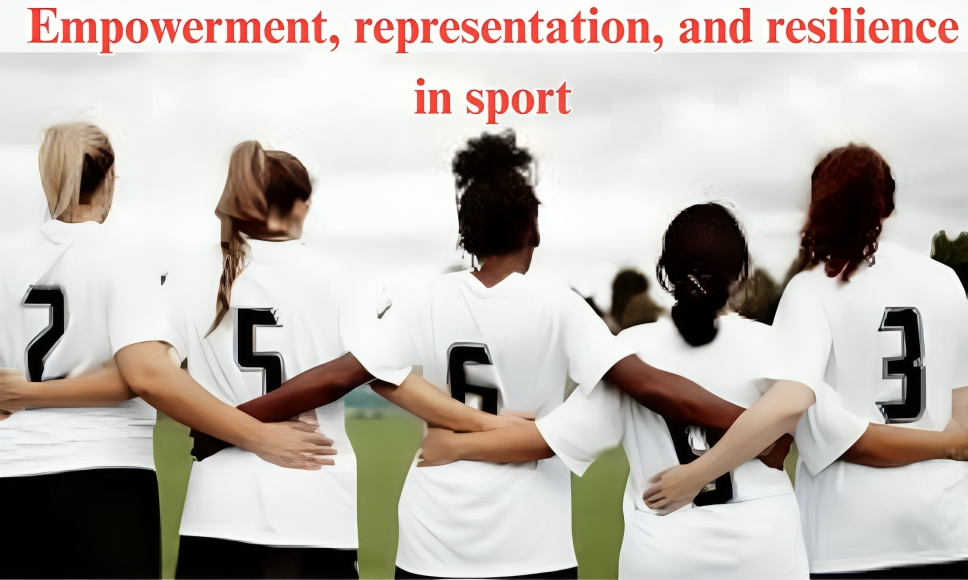
This persistence inspires everyone regardless of circumstance. It demonstrates human potential in action concretely. Adaptive sports innovation emerges from necessity and creativity. The results benefit wider communities beyond sport.
These athletes represent themselves rather than categories. Their individuality shines through their performances clearly. They are competitors first, people with disabilities second. This ordering matters profoundly in representation terms.
It places achievement ahead of categorization appropriately. The athletes become known for their accomplishments primarily. This shift represents genuine progress in societal perception. It honors the person before the condition.
READ THIS BLOG : SoinduCorpsetdesMains: A Complete Guide to Body and Hand Care
Cultural and global impact
Paralympic equestrian events showcase global diversity beautifully. Athletes represent nations from every continent competitively. Developing programs emerge alongside established powers. This worldwide participation demonstrates universal values.
It creates connections across cultural boundaries effectively. Paralympic sporting legacy builds international understanding naturally. The shared language of sport transcends other differences. Human potential becomes the common denominator globally.
Media coverage reaches audiences previously unexposed to disability. Remote viewers witness achievement without preconception. This fresh perspective can transform cultural attitudes. It presents disability within performance excellence contexts.
The narrative shifts from limitation to exceptional ability. This representational change affects societal perceptions broadly. It creates space for greater inclusion across communities. The impact extends far beyond sports audiences specifically.
Frequently Asked Question
How do athletes qualify for the Equestrian Paralympics?
Athletes must achieve minimum eligibility requirements at FEI-sanctioned events. National federations select team members based on performance criteria. Qualification pathways include continental championships and world ranking lists.
What adaptive equipment is permitted in Paralympic equestrian events?
Approved equipment includes modified saddles, specialized reins, and adaptive stirrups. Compensating aids must be listed on the rider’s classification card. Equipment provides access without competitive advantage.
How are para-equestrian athletes classified for competition?
Classification involves assessment by medical and technical experts. Functional abilities rather than medical diagnoses determine categories. Grades range from I to V based on physical capability.
What is the difference between Olympic and Paralympic equestrian events?
Paralympic events focus exclusively on dressage disciplines. Olympic equestrian includes jumping and eventing additionally. Paralympic tests are modified according to classification grades.
How are freestyle performances judged in para-equestrian competition?
Judges evaluate technical execution of required movements first. Artistic impression includes harmony, choreography, and music suitability. Difficulty level must suit the horse and rider appropriately.
Conclusion
The Equestrian Paralympics 2024 represents far more than athletic competition. It showcases human potential in its most inspiring form. The grace displayed through perfect horse-rider harmony captivates viewers. The grit demonstrated through years of persistent training impresses everyone. The glory achieved at Versailles will inspire generations to come. These moments transcend sport entirely. They speak to human possibility in its purest expression.
Paris 2024 will write new chapters in Paralympic history. Athletes will achieve personal bests in a historic setting. Records will fall as performance standards continue rising. First-time competitors will experience Paralympic dreams realized. Veteran athletes will demonstrate sustained excellence impressively. Each performance carries years of dedication and work. The results represent human achievement distilled to its essence. They remind us what determination can accomplish against any odds.

jack is an experienced blogger and a passionate wordsmith at Phrase Pioneers. With a keen eye for language and a deep love for writing, she shares insightful posts on grammar, phrases, and the art of communication.
